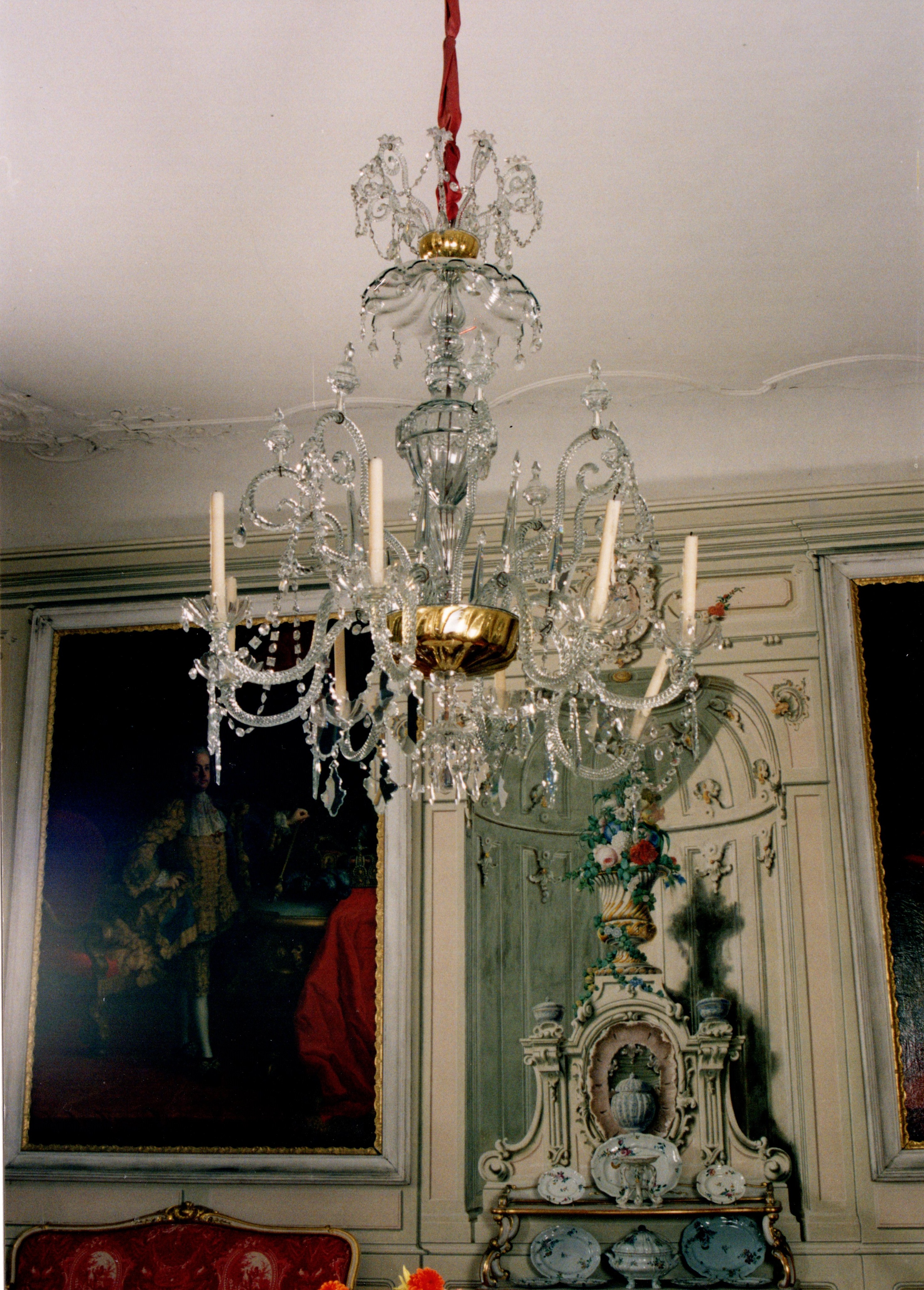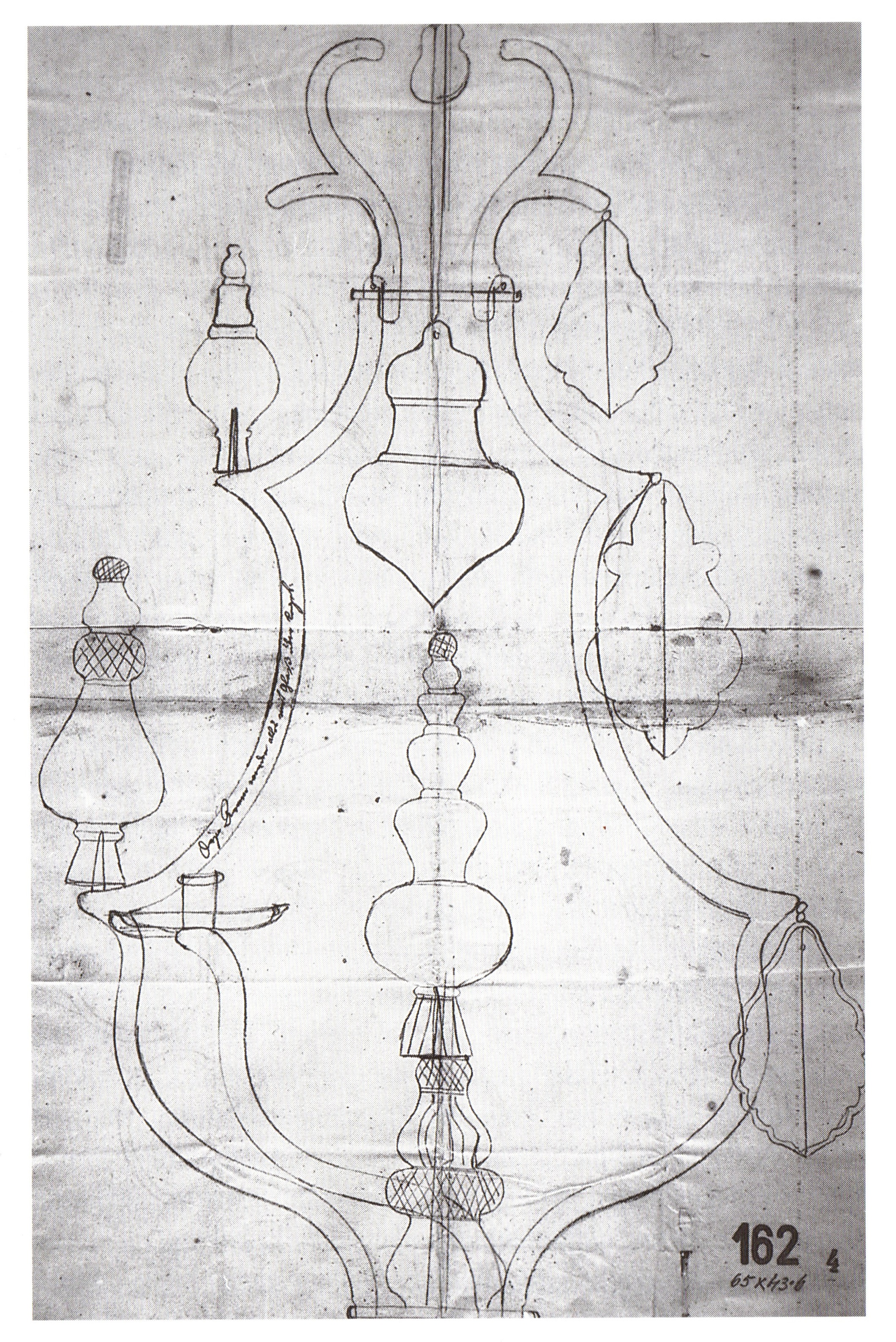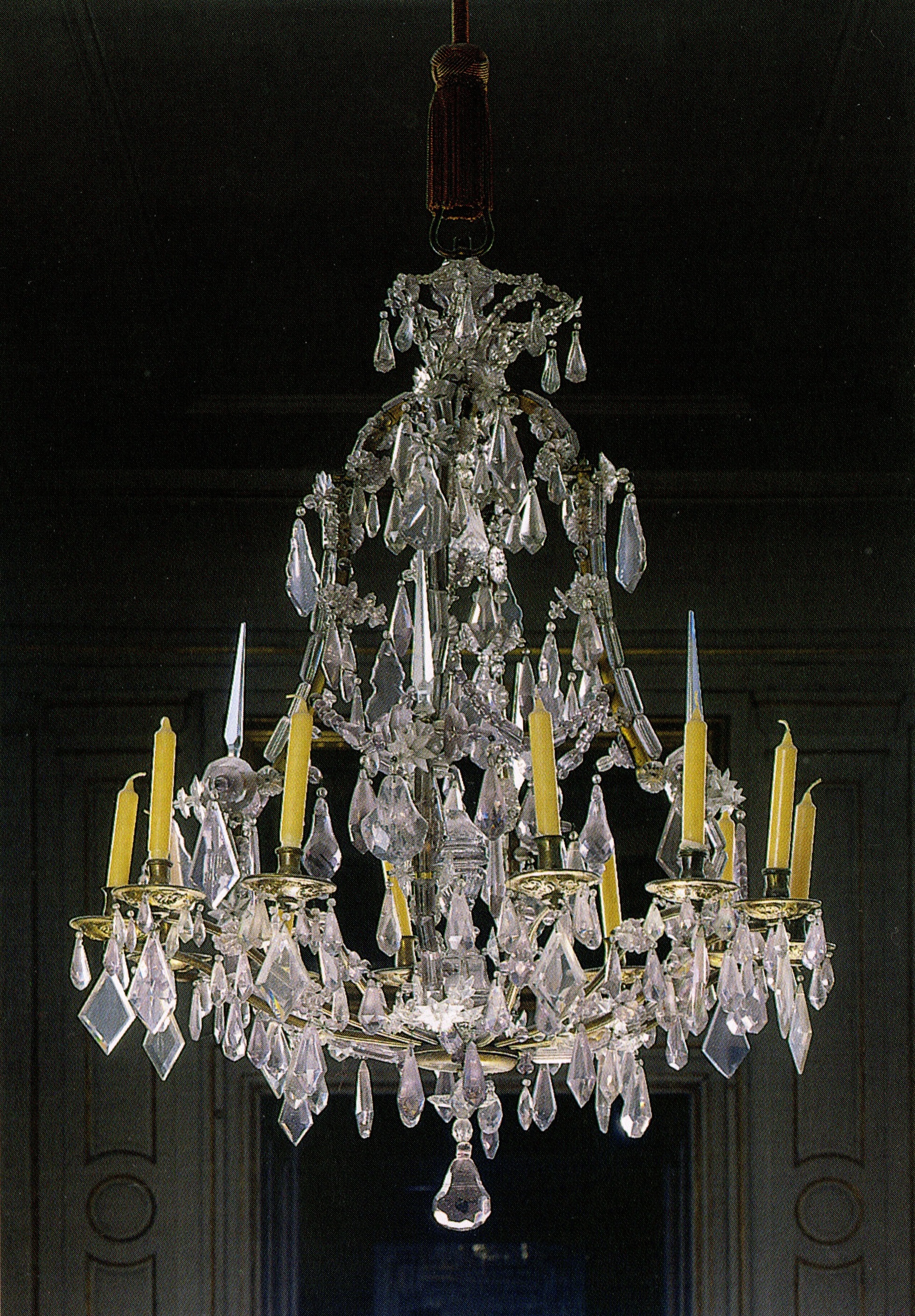History of luminaire production in Bohemia vol.1
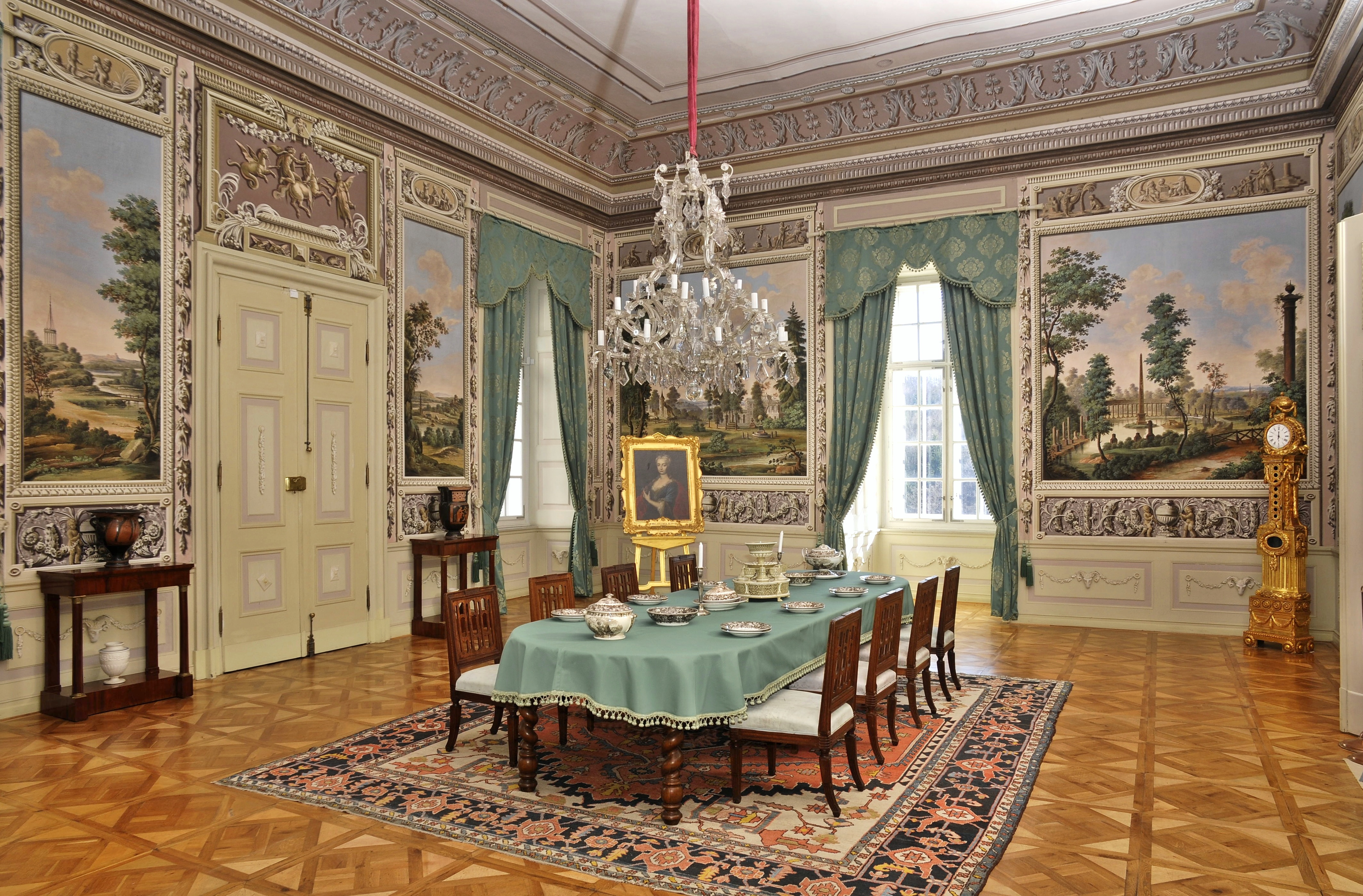
We have prepared for you a series of articles on the history of glassmaking in cooperation with Jaroslav Bejvl, a leading and respected expert on classical crystal chandeliers. In the first episode, we will look at the very beginning of the 17th century, which is characterized by the emergence of the first glass objects.
In 1724, the tradition of luminaire production in Kamenický Šenov - Prácheň began, which in the coming years would uplift the region on a global scale and thanks to which the region would acquire the distinctive designation Crystal Valley.
In February 1724, Josef Palme became the first porter and glass cutter who receive royal permission to produce lighting fixtures, chandeliers, lamps and paintings of the saints. This was followed by the establishment of the first home workshop and a luminaire shop which enabled the production and distribution of the first glass objects. At this stage, however, he was unable to ensure the complete production himself. Therefore, he decided to cooperate with Ralská hut at Jiřetín pod Jedlovou from which he took glass blanks and trimmings. At that time, the number of similar glass component makers was limited in our country;however, the glassworks was one of the best and was able to meet the strict requirements for the high quality products. Before long, the quality of his products began to captivate aristocracy around the world. Other workshops were opened shortly after and gradually began to produce a larger volume of orders.
J. Palme made his first chandelier for Prince Eugene of Savoy for the Hof Palace. This chandelier is currently located in the Museum of Decorative Arts in Vienna and it is obviously the most valuable exhibit in the collection of crystal chandeliers. In terminology and development terms of luminaires, which started to be produced in our region, the Prácheň type occupies the first place. All-glass object was composed of parts decorated with light optical decor created directly during the processing of molten glass. The other two most distinctive features are the cover plates of the central parts inlaid with gold leaf and the typical crystal trimming - a grapevine shaped stone. Gradual development also equipped the glass arms with optical decoration and glass bowls began to be inlaid with sliced silver.
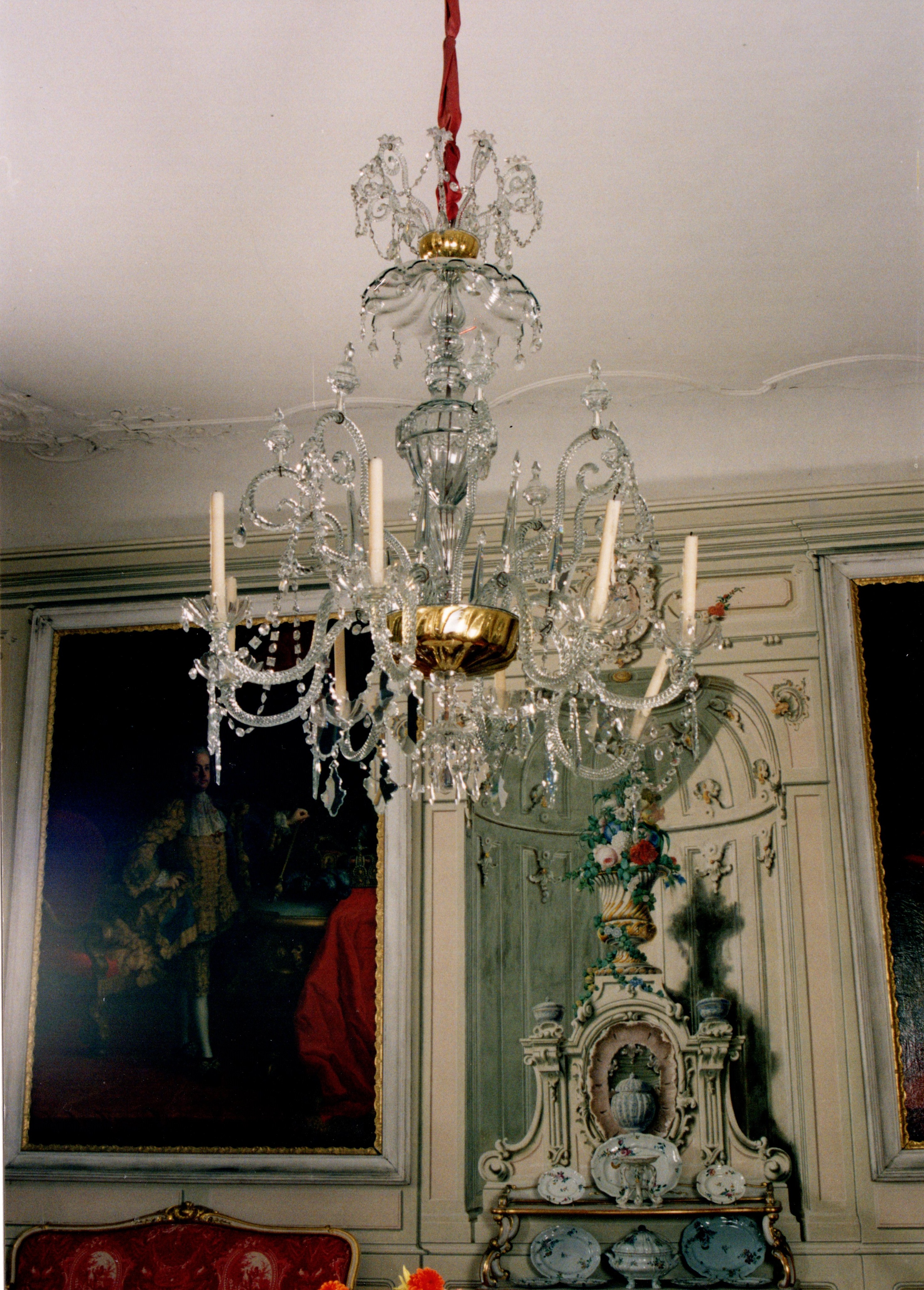
Perfection of crystal chandeliers from the Kamenický Šenov region has conquered the whole Europe. Hand cut Bohemian crystal guaranteed the highest quality and the objects themselves began to serve as decorative elements of architecture for the upper classes of society. They symbolized nobleness, uniqueness and, last but not least, unremitting beauty which is mesmerizing several hundred years after. In the present Czech Republic, examples of these chandeliers can be found in the interiors of the chateau in Veltrusy or in the chateau Frýdlant in Bohemia.
In the second quarter of the 18th century, the Maria Theresa chandelier, the most famous and the most used type, began to appear. According to historians, this luminaire was made for the coronation of Empress Maria Theresa as the Czech Queen in 1743 and is produced in various modifications to this day. The luminaire was inspired by the designs of French ornamentalists who manually processed their unique motifs directly into the metal structures of the luminaire. These chandeliers of the “lyre” shape, which are characterized by the absence of the central bar, are also documented by the contemporary design in the Prague Castle archive. The chandelier frame consisted of flat wrought-iron arms, gold-plated or tin-plated, which were overlapped on both sides by glass strips connected by glass rosettes. The empty interior space, in which the center rod would otherwise be located, was filled by a so-called balustrade, a shaped ornamental object of a pyramid or vase shape made of hand-cut crystal. Maria Theresa became so fond of these lamps that she ordered them for her Viennese palace in 1746.
The year 1743 is generally considered to be the year of origin for this type of luminaire. However, recent evidence suggests that its history dates back to 1730 when a chandelier of the same type was made differing only in the attachment of glass moldings on the front outer skeleton of the arm. The earliest first artifact of the Maria Theresa luminaire can be found in the interior of Nymphenburg Castle in Munich.
Author: Jaroslav Bejvl
Gallery
